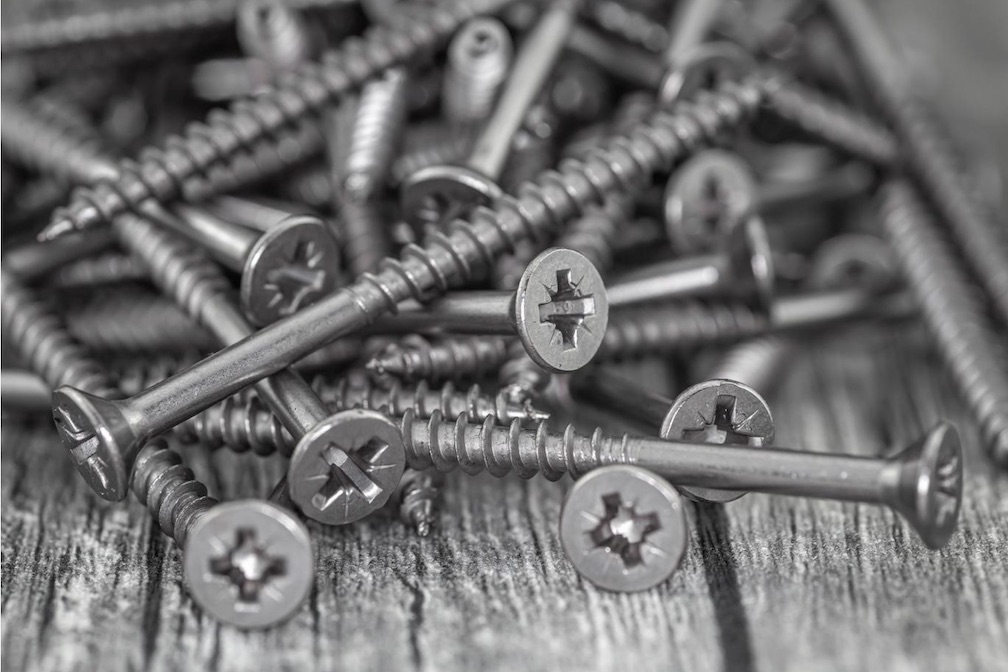Why Are The Scrooz Fasteners So Appealing?
- Written by Daily Bulletin

For architects and designers looking for an exquisite, modern aesthetic, stainless steel wire rope guardrail is a popular design choice. There are several reasons why these scrooz fasteners are so enticing, and we'll go over them all below.
Why should you utilise a Stainless Steel Wire Rope Balustrade?
There are several advantages to installing stainless steel wire rope guardrails in your house or workplace. The key reason is that they bring sophistication and elegance to any room's overall design and feel. They may utilise interior and outdoor walls. And they go nicely with any flooring type. These balustrade types are also highly sturdy and will survive for a long time with little to no maintenance. It's not only about appearance; stainless steel wire rope guardrails operate well and provide exceptional value compared to alternative materials.
How should a stainless steel wire rope guardrail be installed?
The installation of a stainless steel wire rope railing depends on the design of the fender purchased. Many stainless steel wire rope guardrails require only a few simple. For most models, this entails measuring the railing height, drilling holes (if necessary), installing the fender, and attaching the balusters. In rare circumstances, screwing the support posts together may be required to install the handrail.
1. Measuring
Before beginning work on installing a stainless steel wire rope guardrail, you need to measure the required railing's height. Many manufacturers will provide clear instructions on what size hole you must drill to install the handrail. There may also be other criteria, such as whether the guardrail will get erected horizontally or vertically. If you are confused about your measurements, it is advisable to contact the manufacturer directly for assistance.
2. Make Holes
Many stainless steel wire rope guardrails have holes at the guardrail's top edge. These holes have several functions. For starters, they let wires and cables flow through the handrails. Second, they allow water to drain away from the guardrails. Third, they give a place to attach ornate hardware such as rings, hooks, etc. It is commonly known as "top-out" hardware. You may need to drill extra holes depending on the type and manufacturer of the guardrail.
3. Construct the Balustrade
After you have drilled the necessary number of holes in your guardrail, you may begin installing it. In general, screws should be used to secure the scrooz fasteners to the wall. Some rails require these screws to get put into pre-drilled holes. But others require self-tapping screws. You must put screws correctly, regardless of the kind. Otherwise, the guardrail may fail during installation or grow loose over time.
4. Install the Balusters
You may install the balusters once you have secured the guardrail to the wall. Many stainless steel wire rope guardrails come with balusters already attached. The balusters are often constructed of metal and get screwed into the holes produced by the railing. Alternatively, you can connect the guardrail to the wall first, followed by the balusters. Before installing the balusters, you must first drill holes in the wall.
Advantages of Stainless Steel Fasteners
Stainless steel is undoubtedly the most popular fastener material on the planet etc. Stainless steel has various characteristics that make it distinctive and long-lasting. While stainless steel is the broad term for corrosion-resistant steel alloys, tiny modifications in the alloy's composition can radically modify the component's electrical and mechanical properties. A stainless steel alloy's core can be chromium, nickel, copper, tungsten, or molybdenum, to name a few.
Corrosion -Resistant Stainless Steel
The fact that stainless steel resists corrosion is without a doubt its most enticing attribute. Stainless steel contains slightly more than 10% chromium, which allows for forming a thin coating of chromium oxide on the material's outer surface. It efficiently avoids corrosion or deterioration caused by oxidation or other corrosion-causing chemical processes. Stainless steel is also resistant to internal and external hydrogen embrittlement, making it the most popular material for fastener manufacture.
Stainless Steel Fasteners can get repaired by themselves.
The thin chromium oxide film on the fastener's outer layer employs oxidation to combat oxidation. Isn't that clever? The oxide layer not only protects the entanglement from corrosion. But also allows the fastener to self-repair. If the holder gets damaged by a scrape, dent, or other physical deformation, the naked alloy on the injured section gets exposed to oxygen.



